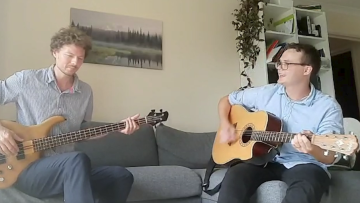14:00
Primitive ideals and W-algebras
Abstract
A finite W-algebra is a gadget associated to each nilpotent orbit in a complex semisimple Lie algebra g. There is a functor from W-modules to a full subcategory of g-modules, known as Skryabin’s equivalence, and every primitive ideals of the enveloping algebra U(g) as the annihilator of a module obtained in this way. This gives a convenient way of organising together primitive ideals in terms of nilpotent orbits, and this approach has led to a resurgence of interest in some hard open problems which lay dormant for some 20 years. The primitive ideals of U(g) which come from one-dimensional representations of W-algebras are especially nice, and we shall call them Losev—Premet ideals. The goal of this talk is to explain my recent work which seeks to: (1) describe the structure of the space of the dimensional representations of a finite W-algebra and (2) classify the Losev—Premet ideals.
Classification
Recently, two Oxford Mathematics postdoctoral research associates Johannes Borgqvist and Sam Palmer published an article entitled “Occam's razor gets a new edge: the use of symmetries in model selection” in the Journal of the Royal Society Interface.


